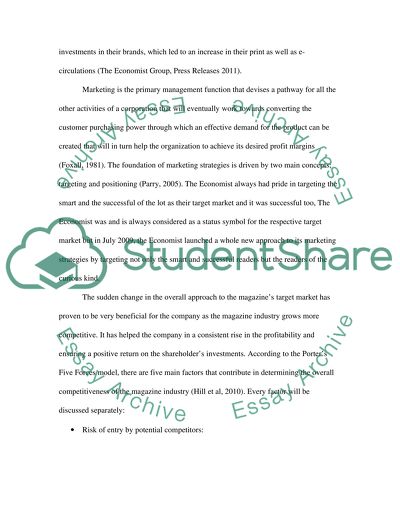Cite this document
(The Importance of Adapting to the New Publishing Trends for The Research Paper, n.d.)
The Importance of Adapting to the New Publishing Trends for The Research Paper. Retrieved from https://studentshare.org/journalism-communication/1444253-the-economist
The Importance of Adapting to the New Publishing Trends for The Research Paper. Retrieved from https://studentshare.org/journalism-communication/1444253-the-economist
(The Importance of Adapting to the New Publishing Trends for The Research Paper)
The Importance of Adapting to the New Publishing Trends for The Research Paper. https://studentshare.org/journalism-communication/1444253-the-economist.
The Importance of Adapting to the New Publishing Trends for The Research Paper. https://studentshare.org/journalism-communication/1444253-the-economist.
“The Importance of Adapting to the New Publishing Trends for The Research Paper”, n.d. https://studentshare.org/journalism-communication/1444253-the-economist.


